Subproject A6 investigates the interface between the installation and design of offshore megastructures from a hydrodynamic perspective within the Collaborative Research Centre 1463, analyzing the interactions between the design of the substructure, the installation process (e.g. crane capacity) and the weather conditions (wind, wave, current) at the installation site. The aim is aiding the development of a substructure design that is adapted to the installation process and the corresponding weather conditions to increase the length and frequency of possible weather windows for the installation.
In the first funding period, the focus was on modelling the coupled motion of structural components and the installation vessel in irregular sea states to investigate the structural feasibility of installation procedures. An analytical simulation model for calculating the coupled motion of working vessels and crane loads was developed and its input data parameterized based on detailed investigations of vessels and simple box-shaped structures. Building on these findings regarding the coupled motion of crane vessel and substructure, subproject A6 in FP2 will focus in more detail on the loads on the substructure itself by considering structural loads in complex offshore structures such as jackets during installation.
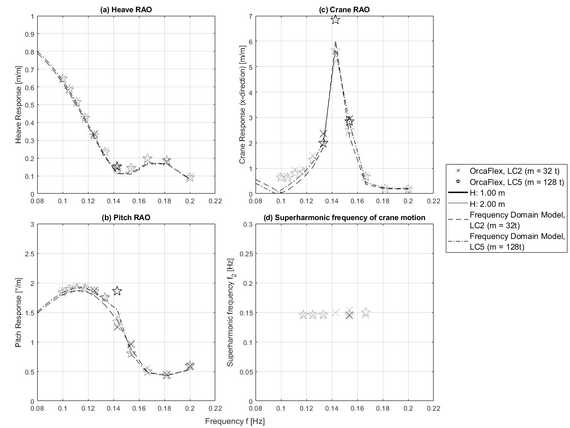
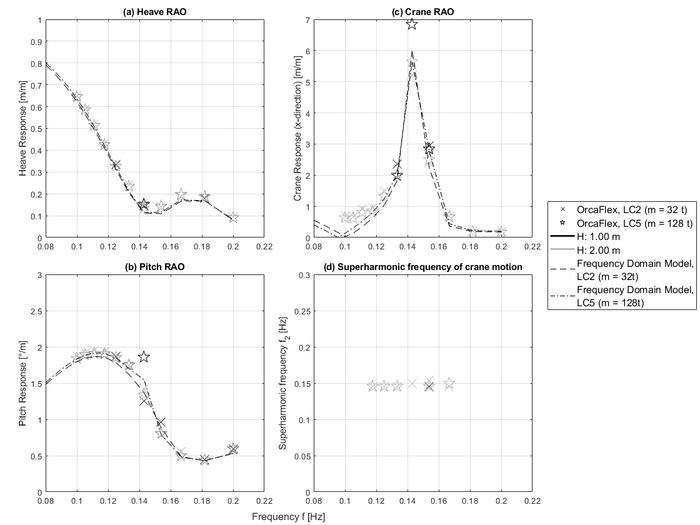

The working hypothesis of subproject A06 states that the possible initial degradation phenomena induced by load conditions during the structural installation processes at the beginning of the service life of offshore megastructures must already be considered in the design phase. These structural loads are crucial for the initiation and application of the digital twin (DT) during the operational life phase and must therefore be quantified and assessed in advance to be integrated into the DT.
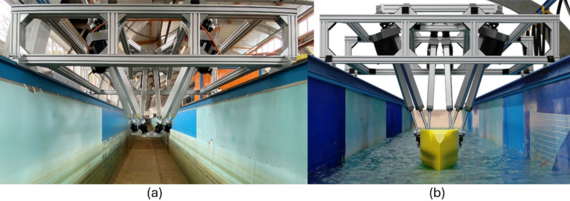
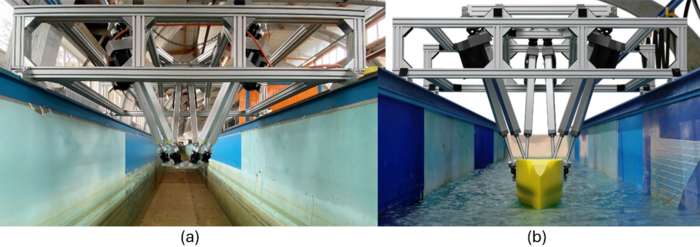
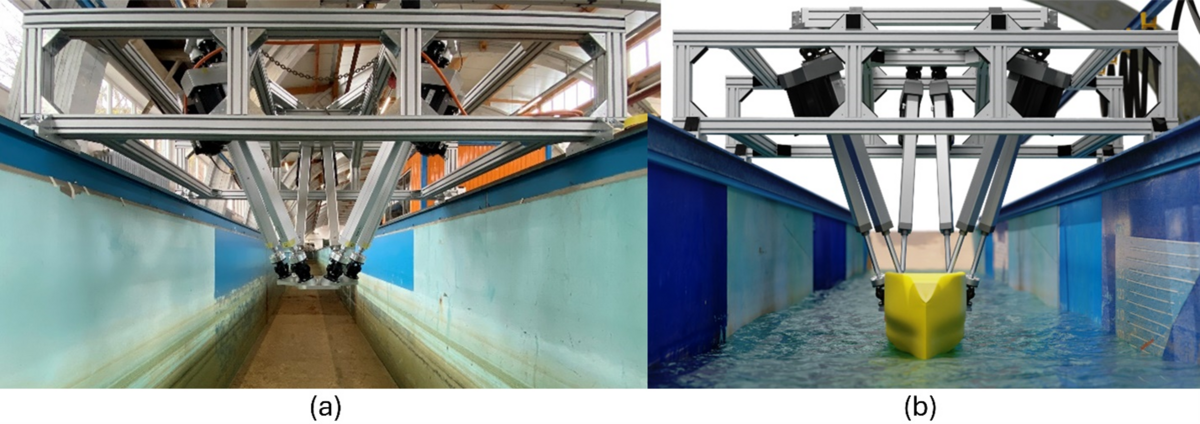
Physical and numerical modelling approaches have parameterized viscous effects for simple structures in the first funding period and are now being applied to complex offshore structures. This parameterized data will be fed into the analytical model of the first funding period, which will then be coupled with structural models to determine structural loads during crane operations. This approach aims to investigate the research objective of subproject A6 in the second funding period: the quantification and assessment of structural loads from logistics and installation processes regarding possible early damage that can be induced in the early life phase of the structure.
A6 will continue to focus on investigating the technical feasibility of installation operations, in particular the prediction of the coupled motion response of crane vessels and substructures during installation due to hydrodynamic influences from waves and currents.
Subproject A6 will remain part of the ‘Substructure Design’ cluster and will co-operate closely with the new subprojects SP B7 and SP B8.
Publications
-
2024: Mechanically coupled wave farms: On the accuracy of a mid-fidelity hydrodynamic model under consideration of varying calibration approaches
Meyer, J., Windt, C., Hildebrandt, A., Schlurmann, T. (2024): Mechanically coupled wave farms: On the accuracy of a mid-fidelity hydrodynamic model under consideration of varying calibration approaches, Ocean Engineering 305, 117874, 2024
-
2024: The influence of wave diffraction on the motion of a crew transfer vessel behind a monopile
Meyer, J., Grotebrune, T., Wynants, M., Hildebrandt, A., Schlurmann, T. (2024): The influence of wave diffraction on the motion of a crew transfer vessel behind a monopile, International Conference on Offshore Mechanics and Arctic Engineering (OMAE 2024)
-
2023: The coupled motion of crane vessel and crane load in waves: Physical, analytical and numerical modelling
Meyer, J., Visscher, J., Hildebrandt, A. (2023): The coupled motion of crane vessel and crane load in waves: Physical, analytical and numerical modelling, Proceedings ISOPE
-
2023: On the mooring methodology of heaving point absorber arrays
Meyer, J., Windt, C., Sinn, P., Hildebrandt, A. (2023): On the mooring methodology of heaving point absorber arrays, Ocean Engineering
https://doi.org/10.1016/j.oceaneng.2023.114659
-
2022: A Comparison of Different Numerical Methods to Simulate Forced Roll Oscillations of Floating Structures in Grid-Based Schemes
Meyer, J., Neufeldt, H., Hildebrandt, A. (2022): A Comparison of Different Numerical Methods to Simulate Forced Roll Oscillations of Floating Structures in Grid-Based Schemes, International Conference on Offshore Mechanics and Arctic Engineering, 85925, V007T08A054, 2022
https://doi.org/10.1115/OMAE2022-80510
-
2021: Experimental investigation of offshore crane load during installation of a wind turbine jacket substructure in regular waves
Aliyar, S., Meyer, J., Sriram, V., Hildebrandt, A. (2021): Experimental investigation of offshore crane load during installation of a wind turbine jacket substructure in regular waves, Ocean Engineering, 241, 109979, 2021, Elsevier
https://doi.org/10.1016/j.oceaneng.2021.109979
Subproject Management
30167 Hannover
Staff
30167 Hannover






